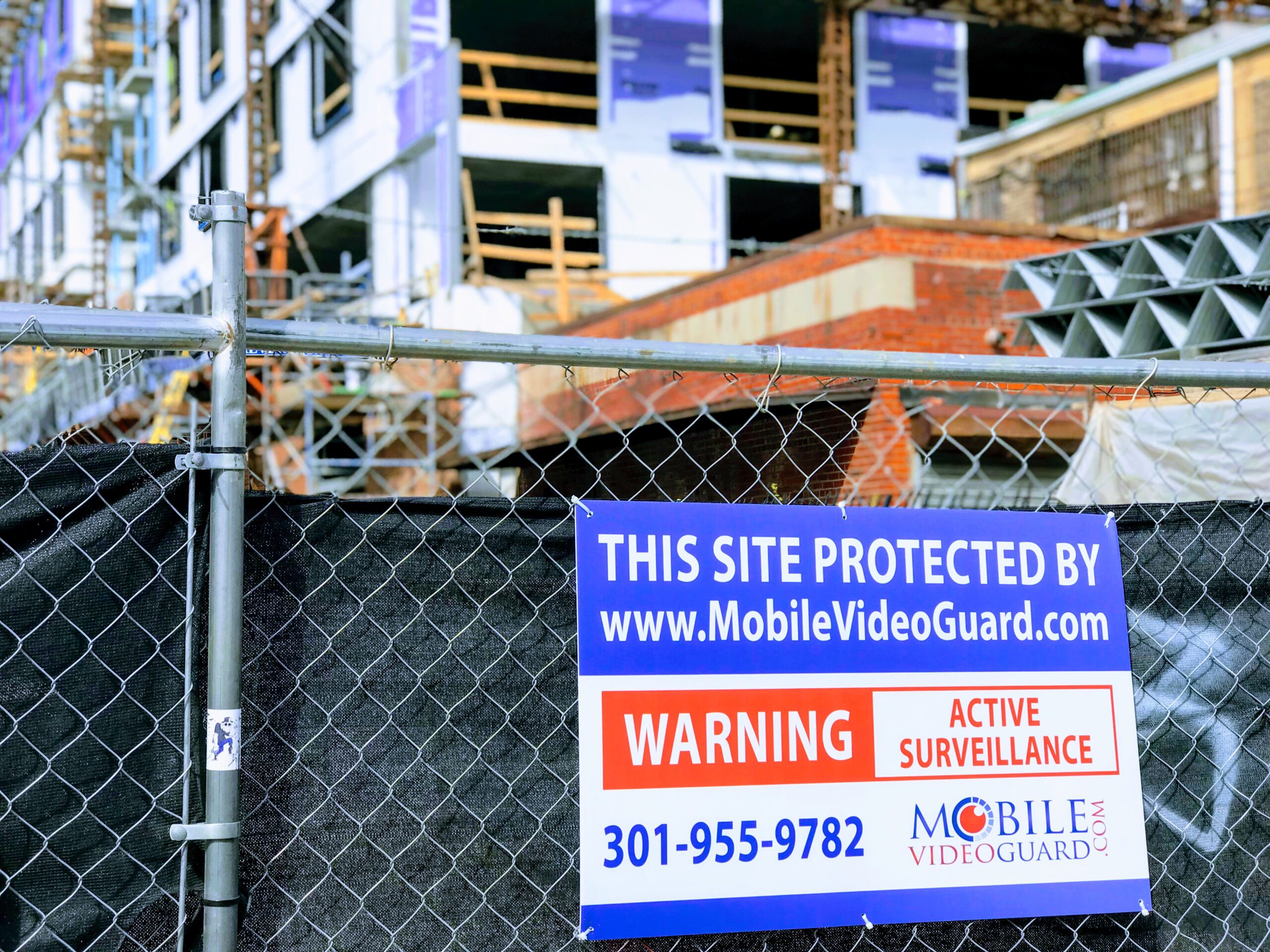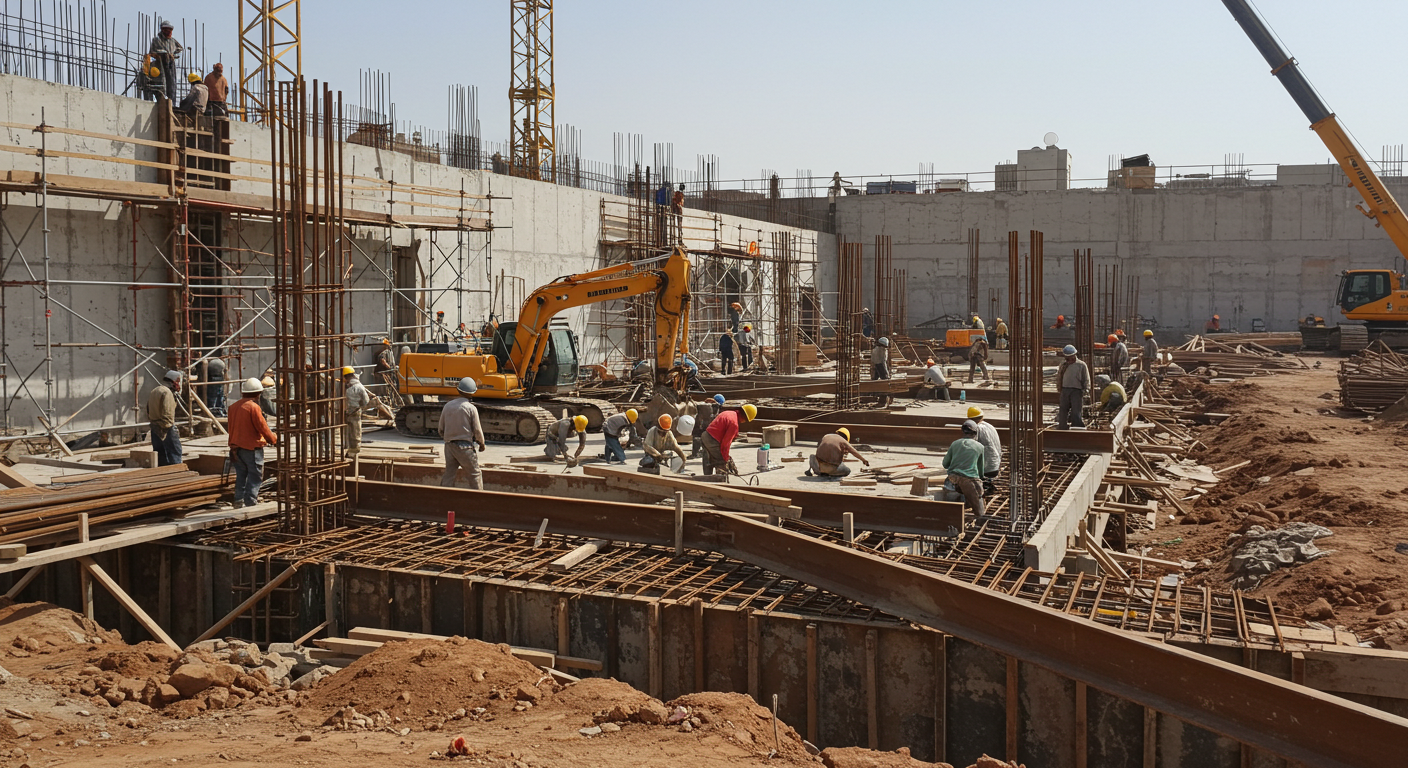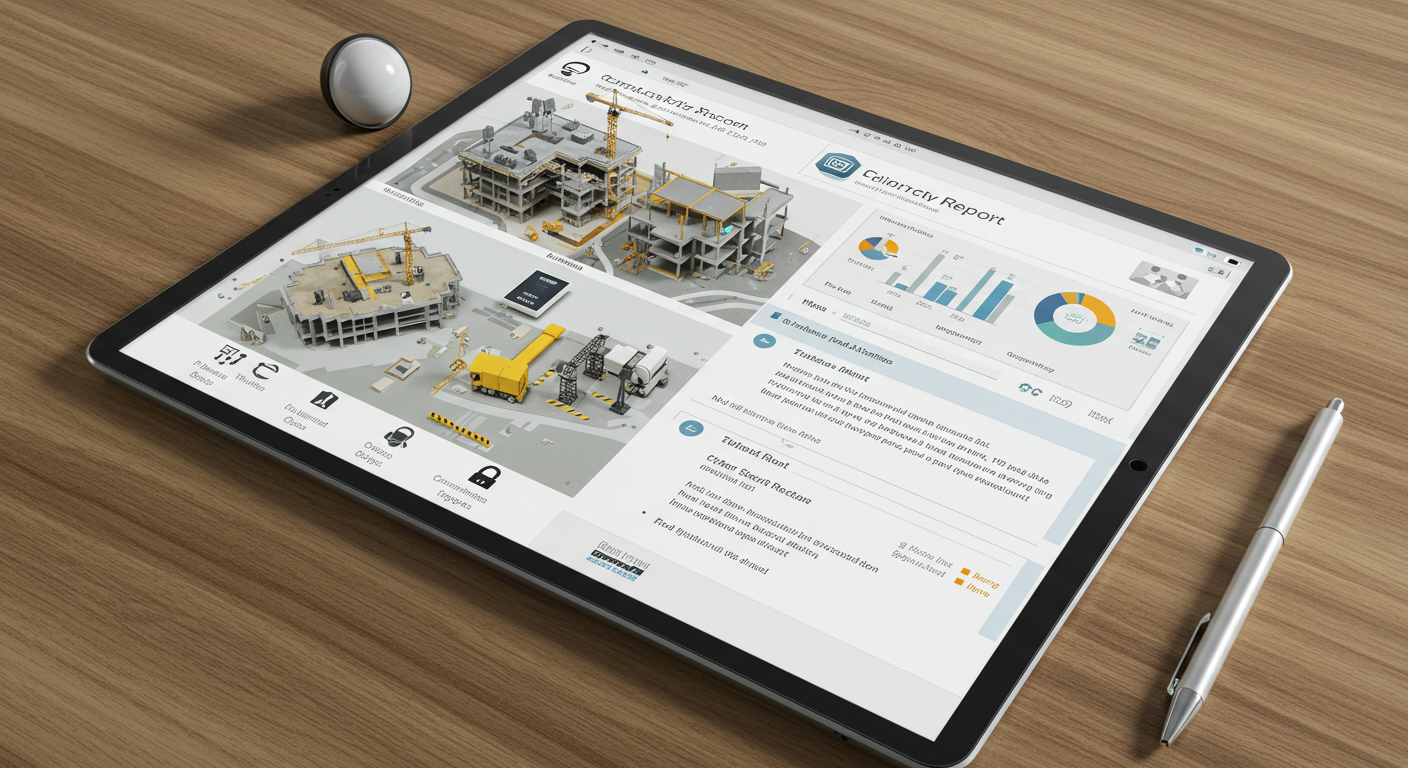How to Build Security Plans for Multi-Phase Construction Projects
Securing Every Phase: Adapting Security to the Construction Lifecycle
Multi-phase construction projects are defined by movement—phases progress, crews rotate, materials arrive, and layouts evolve. While this dynamic nature drives progress, it also exposes job sites to a wide range of security threats that shift throughout the lifecycle of a build.
From heavy equipment theft during earthwork to high-value material loss during finishing stages, each phase introduces unique vulnerabilities. Designing a static security plan upfront and hoping it holds is a risk no general contractor or superintendent can afford to take.
Instead, what’s needed is a multi-phase construction security strategy—one that evolves alongside the project, phase by phase. This article breaks down how to secure each step of the construction process using flexible tools like mobile surveillance systems, access control, motion-activated lighting, and proactive audits.
Why Multi-Phase Projects Require Dynamic Security Planning
Unlike single-phase or small-scale builds, multi-phase projects are often sprawling, segmented, and longer in duration. That makes them prime targets for theft, trespassing, and vandalism. According to the National Equipment Register, construction theft costs the U.S. industry more than $1 billion annually, and most theft occurs after hours when sites are poorly monitored or left unguarded.
What makes these projects particularly vulnerable is the frequent change in:
- Crew sizes and subcontractor turnover
- Storage locations for equipment and materials
- Site access points and open perimeters
- Surveillance blind spots due to layout changes
- Timeline overlaps between phases
As each stage progresses, the risk profile changes—requiring a flexible, layered approach to construction site security rather than a one-size-fits-all model.
Phase 1 – Site Prep and Grading: Perimeter and Access Control
The first phase of construction is often underestimated from a security standpoint. During site prep and grading, the land is cleared, temporary fencing may be installed, and heavy equipment is brought in. There are fewer structures, minimal lighting, and little to no on-site presence after hours.
Security Priorities
- Establish a secure perimeter with fencing and lockable gates.
- Limit access to one or two controlled entry points.
- Deploy mobile surveillance systems at key entry and staging areas.
- Use motion-activated lighting to monitor laydown yards and equipment zones.
Recommendation
Install temporary mobile surveillance towers powered by solar or generator sources. These provide rapid deployment, broad coverage, and remote monitoring during the foundational phase—especially important when there’s no power infrastructure in place.
Phase 2 – Structural Work: Equipment, Tools, and Surveillance Zones
As the structure begins to rise, the job site becomes busier—and more complex. Framing, foundation work, and roofing bring more crews, tools, and activity. The introduction of valuable equipment also increases the risk of theft, especially during off-hours.
Security Priorities
- Secure tools and equipment with daily check-in/check-out tracking.
- Reassess camera positioning as blind spots shift with scaffolding and structure growth.
- Use job site surveillance systems to cover high-traffic zones and material deliveries.
- Ensure lighting and surveillance cover multiple elevation points as buildings rise.
Recommendation
Reposition surveillance cameras to cover vertical spaces and secure staging areas. Equip mobile units with PTZ (pan-tilt-zoom) capabilities for maximum flexibility as the site evolves in height and complexity.
Phase 3 – MEP and Interior Installations: High-Value Target Protection
This is the phase when the most valuable materials and systems—electrical, plumbing, HVAC—are installed. Copper piping, smart systems, and prefabricated parts make attractive targets for criminals. At the same time, the site often shifts to internal work, reducing visibility and increasing risk.
Security Priorities
- Monitor internal zones where theft is more discreet but highly impactful.
- Use badge access or coded locks to restrict internal access.
- Layer construction theft prevention tools like door sensors or mobile units in corridors and entryways.
- Track subcontractors with ID verification and access logs.
Recommendation
Install indoor-ready mobile surveillance systems where applicable and integrate access control measures at building entrances. Also, limit material deliveries to active working days to reduce unattended inventory on-site.
Phase 4 – Finishing and Final Walkthrough: Lockdown and Visibility
As the project nears completion, the assumption is that security risk decreases. In reality, this phase is among the most dangerous. Installed fixtures, appliances, and finish materials are highly resellable and relatively easy to remove.
Security Priorities
- Secure completed areas with locks, internal surveillance, and personnel audits.
- Monitor access for cleaning crews, punch list workers, and third-party inspectors.
- Keep mobile cameras focused on storage rooms, lobbies, and finished zones.
- Light up all egress points to discourage unauthorized access during turnover.
Recommendation
Use high-definition mobile surveillance systems with two-way audio and infrared night vision. Communicate clearly to subcontractors that areas are under surveillance and enforce strict end-of-day lockup procedures.
Layered Strategies: Mobile Surveillance, Lighting, and Access Systems
One of the most effective approaches to multi-phase construction security is a layered strategy that evolves with each phase but remains consistent in structure.
Components of a Layered Approach:
- Perimeter Defense
- Temporary fencing
- Locked gates
- Motion-activated lighting
- Posted surveillance warning signs
- Surveillance Coverage
- Scalable mobile surveillance systems with 360° view
- Real-time remote monitoring and alert response
- PTZ cameras for adaptable field of vision
- Access Control
- Worker ID badges or QR codes
- Sign-in/sign-out logs for deliveries and visitors
- Digital locks on trailers and internal zones
- Lighting Systems
- Solar-powered lighting towers
- Motion-sensor spotlights
- Strategic placement at blind spots and material zones
- Communication Protocols
- Daily security checklists for foremen
- Emergency response plans for breaches or theft
- Security status updates during weekly job meetings
Ongoing Security Audits and Stakeholder Coordination
Static security plans go stale fast—especially on multi-phase projects. Construction leaders should implement scheduled job site surveillance audits and include security updates as part of broader project communication.
Audit Checklist Suggestions:
- Are all cameras functional, and are their placements still effective?
- Are any material zones exposed or unlit?
- Has the access control system been updated for current subcontractors?
- Are internal areas adequately monitored as the build nears completion?
- Is the project team aware of recent security incidents or changes?
Communication Best Practices:
- Conduct weekly walkthroughs with foremen and security leads.
- Provide alerts to all teams when surveillance equipment is moved or adjusted.
- Assign a security coordinator who tracks all surveillance adjustments and incidents.
Consistent evaluation allows the security strategy to evolve with the project, ensuring that vulnerabilities are addressed before they’re exploited.
Conclusion: Build Security That Evolves With the Project
Multi-phase projects demand more than rigid security plans—they require responsive, flexible, and scalable protection that grows with the build. By identifying phase-specific vulnerabilities and adjusting accordingly, contractors and site managers can significantly reduce the risk of theft, vandalism, and costly delays.
With tools like mobile surveillance systems, motion-activated lighting, and adaptive access control, contractors can ensure consistent coverage from grading to final walkthrough. The result is a safer, more secure, and more successful build.
To learn more about how to protect your next project, visit Mobile Video Guard to explore our full suite of construction site security solutions. For a custom multi-phase security plan, get in touch with our team today.



